The Sanxingdui Museum is located by the Yazi River in the western part of Guanghan City, Sichuan Province, at the northeast corner of the Sanxingdui Ruins, a national key cultural relics protection unit. It is 38 kilometers south of Chengdu and 26 kilometers north of Deyang. As a national first-class museum, it is also among the first batch of national 4A-level scenic spots. It is a large-scale modern thematic ruin museum in China, featuring four major highlights: cultural relics, architecture, exhibitions, and gardens. The museum covers an area of approximately 1,000 mu (about 66.67 hectares) with a construction area of around 16,767.28 square meters. Its new building officially opened on July 27, 2023, covering an area of 66 mu (about 4.4 hectares) with a construction area of 55,000 square meters, making it the largest single-building museum in southwest China.
History and Culture
In 1929, a pit containing jade and stone artifacts was discovered in Yanjia Courtyard of Zhenwu Village at the Sanxingdui Ruins, yielding over 300 to 400 jade and stone objects. Since then, relevant excavation work has been carried out continuously. After the founding of the People's Republic of China, excavations at the Sanxingdui Ruins have been further intensified. In the 1980s and 1990s, to protect and develop the Sanxingdui Ruins, the Sanxingdui Museum pioneered the practice of building a museum with a loan in China by securing a 20 million yuan loan. The foundation stone was laid in August 1992, and the museum officially opened in October 1997.
The Sanxingdui Ruins cover an area of about 12 square kilometers, dating back 4,500 to 2,900 years. In 1986, Sacrifice Pits No. 1 and No. 2 were discovered, unearthing more than 4,000 cultural relics such as the Bronze Divine Tree and the Standing Bronze Figure, which "shocked the world once revealed". Since 2019, Sacrifice Pits No. 3 to No. 8 have been newly discovered, yielding over 17,000 cultural relics of various types, creating another sensation of "shocking the world again upon rediscovery". Archaeological findings indicate that the Sanxingdui Ruins are the largest known capital ruins of the ancient Shu Kingdom from the Shang Dynasty period in the Yangtze River Basin. They are an important testament to the pattern of the pluralistic and integrated origin and development of Chinese civilization, and a crucial part of Chinese civilization.
Major Attractions
New Building (Old Building No Longer in Use)
The exhibition in the new building closely centers on the theme of "Ancient City, Ancient Kingdom, and Ancient Shu Culture", divided into three major exhibition areas: "Century-long Pursuit of Dreams", "Majestic Royal Capital", and "Heaven, Earth, Humans, and Gods". The highlight lies in the newly exhibited cultural relics. In addition to some relics unearthed in 1986 being moved to the new building, nearly 600 more cultural relics are on display for the first time. A total of over 1,500 cultural relics (sets) are exhibited, three times the number of the original exhibition. Some relics have achieved "a reunion across pits after 3,000 years", and the "digital restoration demonstration" exhibition method is adopted to recreate the charm of the cultural relics. The new building also integrates immersive archaeological cabin scenes, multimedia sand table folding screens, and creates an immersive special hall named "Duguang Wilderness" (a mythical land in ancient Chinese legends) to showcase the style and features of the ancient Shu civilization.
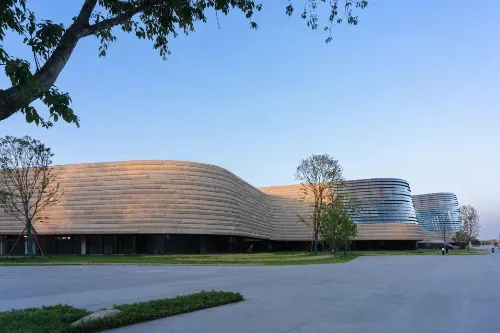
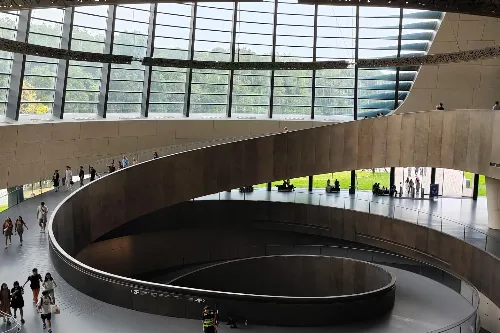
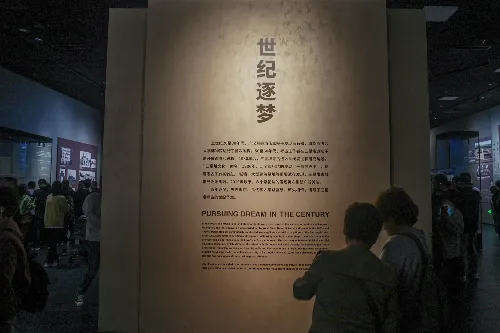
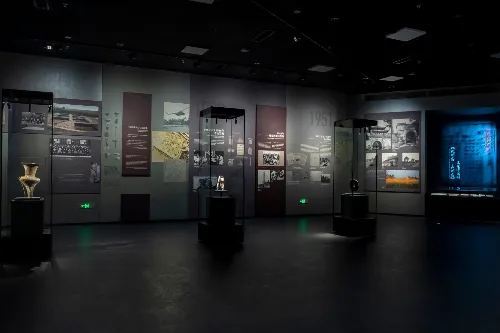
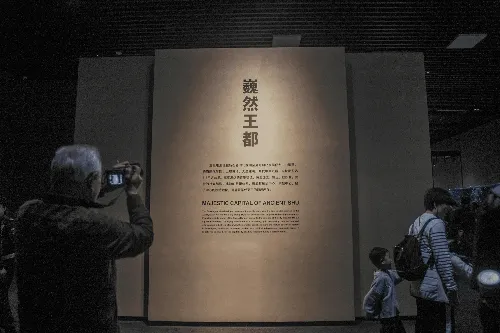
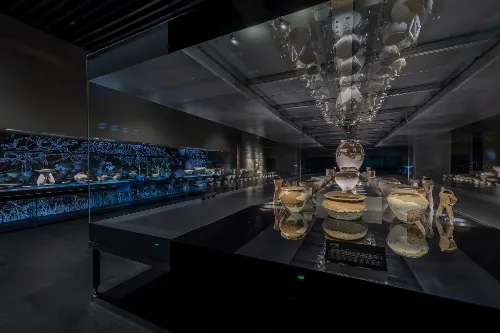
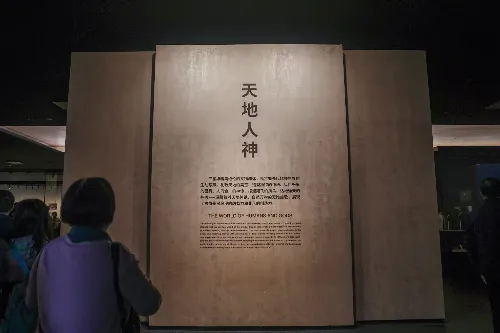
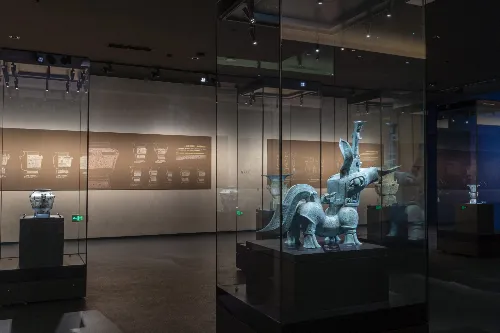
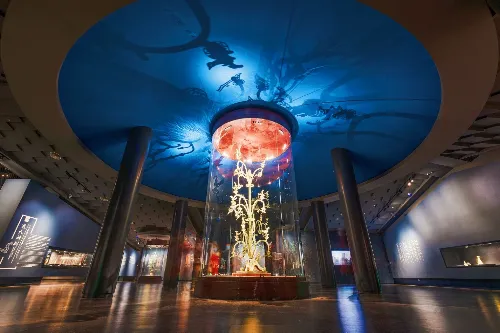
Conservation and Restoration Hall
The hall has established a cultural relic storage area, as well as restoration rooms for pottery, jade, metal, and ivory, enabling the protection and restoration of different types of cultural relics. There is a dedicated analytical instrument room equipped with advanced equipment such as scanning electron microscopes, laser Raman spectrometers, and X-ray colorimeters to detect the composition of cultural relics. Glass partitions are used, allowing visitors to enjoy an immersive on-site viewing experience of cultural relics being restored by conservators.

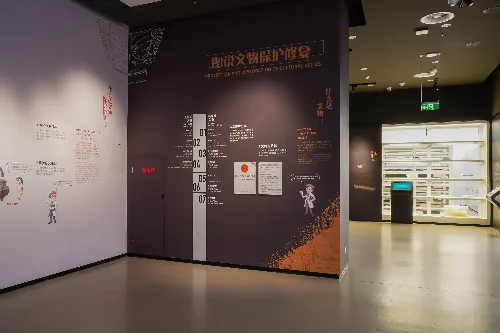
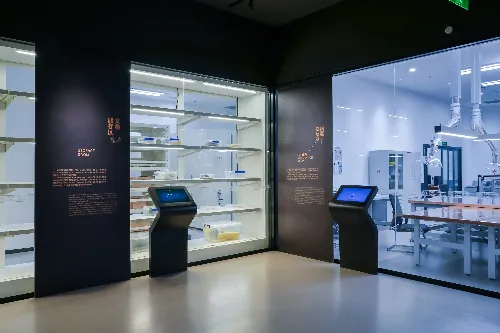
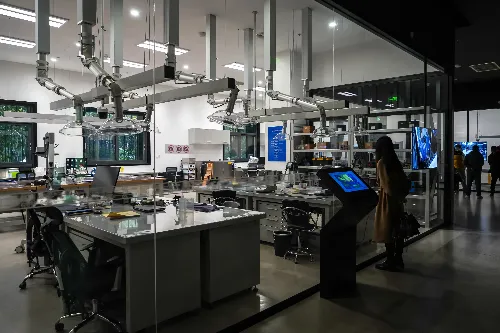
Interactive Experience Exhibition Hall
With an area of 1,300 square meters, this hall is an immersive and interactive space integrating visiting, interactive experience, and popular science education. It serves as an extension and expansion of the exhibitions in the new building, and also balances the academic nature and popular science function of the basic exhibitions in the new building.
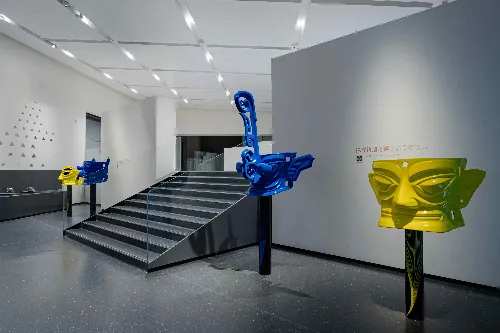
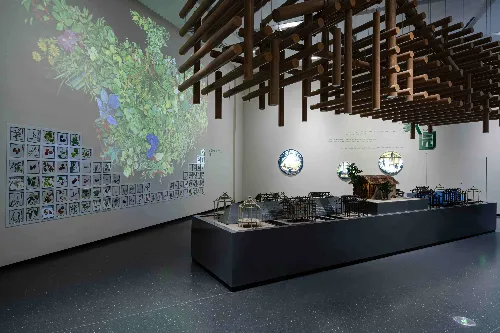
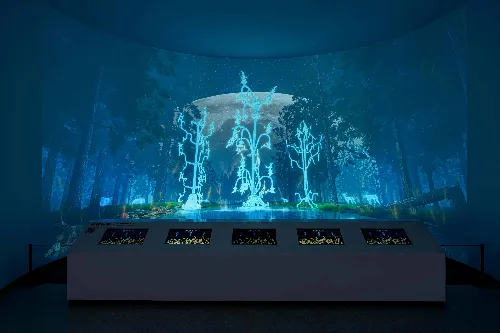
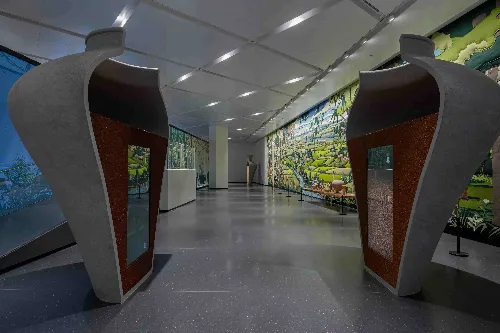
Recommended Tour Route
After the opening of the new building, visitors can first tour the new building, visiting the three major exhibition areas ("Century-long Pursuit of Dreams", "Majestic Royal Capital", and "Heaven, Earth, Humans, and Gods") in sequence to appreciate over 1,500 cultural relics (sets). Special attention should be paid to the relic combinations reunited across different pits and the digital restoration demonstrations. Then, proceed to the Comprehensive Hall and visit the six exhibition areas including "Dominating Southwest China" and "Communicating with Gods through Jade" in order to experience the material civilization of the ancient Shu culture. Finally, visit the Conservation and Restoration Hall to observe the cultural relic restoration process and advanced instruments and equipment.
Tour Tips
- Learn about the relevant knowledge of Sanxingdui culture in advance, such as through reading books or watching documentaries, which will help you better understand the cultural connotations behind the exhibits.
- Hire a human guide or rent an audio guide device. Human guides can provide professional and in-depth knowledge explanations, while audio guides allow you to explore according to your personal interests, helping you gain a deeper understanding of the cultural relics.
- Allocate at least half a day for the tour. If you want to visit carefully, it is recommended to set aside a full day to fully appreciate the cultural relics in each hall and experience projects such as the digital displays in the new building.
- You can bring a notebook to record information about cultural relics that interest you and your personal insights for future review.
Notes
- Touching cultural relics is prohibited in the museum. Please follow the "Do Not Touch" signs of the museum to avoid damaging the precious cultural relics.
- Using flash photography is forbidden. Some cultural relics are sensitive to light, and flash may accelerate their aging and fading.
- Keep quiet in the museum and avoid making loud noises to create a good visiting environment for other visitors.
- Follow the designated visiting route signs of the scenic area. Do not leave the group at will or enter unopened areas.
- Take care of your personal belongings, especially in crowded areas.
Transportation
- Self-driving: Depart from Chengdu and take National Highway 108 or Chengdu-Mianyang National Highway; the journey takes approximately 30 minutes. Departing from Deyang, it is also convenient to reach the museum via the corresponding roads.
- High-speed Rail: Take an intercity train to Guanghan, then transfer to a bus to the museum.
- Intercity Coach: There are intercity coaches from bus stations in surrounding cities such as Chengdu and Deyang to Guanghan. After arriving in Guanghan, transfer to a local bus or take a taxi to the museum.
Opening Hours
The Sanxingdui Museum is closed on Chinese New Year's Eve (Chuxi) every year; it remains open on all other days in principle (except for temporary closure announcements). The daily opening hours are as follows: the Exhibition Hall is open from 08:30 to 18:00, and entry is stopped at 17:00; the Conservation and Restoration Hall is open from 09:00 to 18:00. During Golden Weeks, long weekends, and summer/winter vacations (January, February, July, August), extended hours are implemented: the museum is open from 08:30 to 20:00, and entry is stopped at 18:00.
Tickets
The ticket price is 72 yuan per person.
You can search for the official WeChat public account of the scenic area "三星堆博物馆" to obtain the latest updates or purchase tickets online.
Online Booking
Click here to jump to the Trip.com ticketing platform for ticket purchase.


